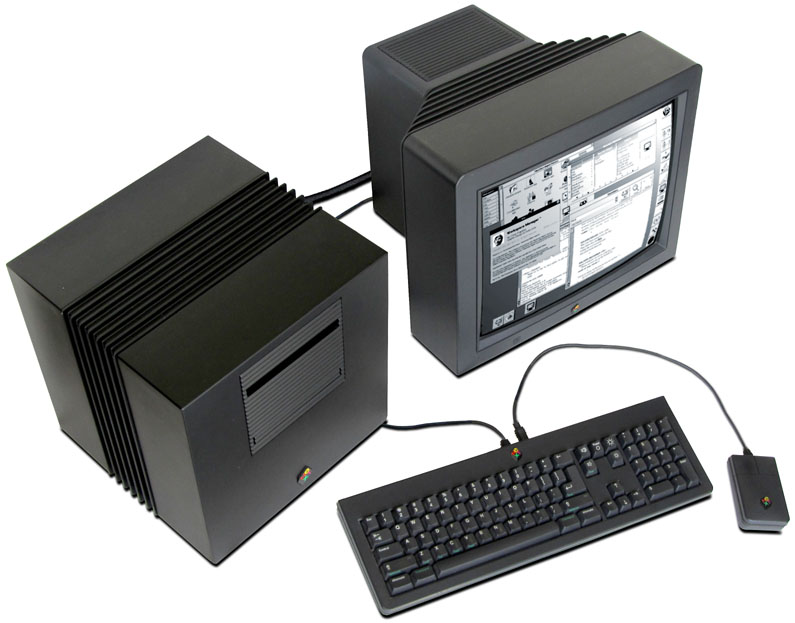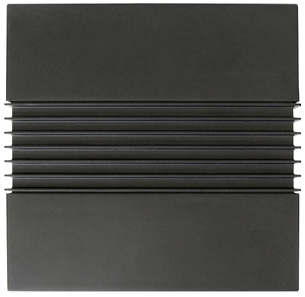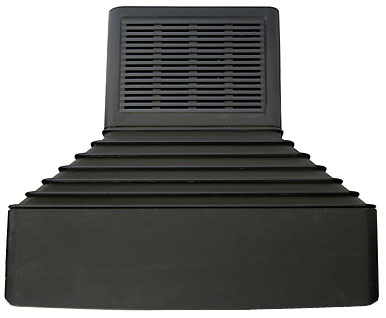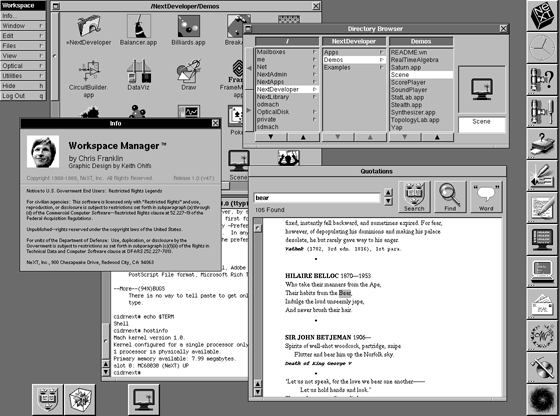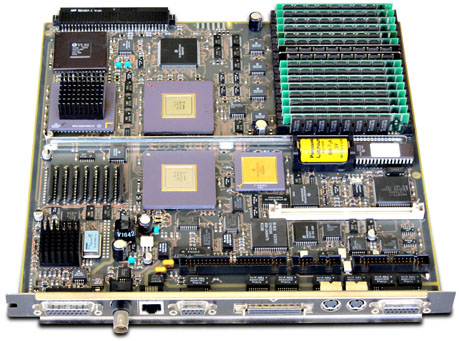|
|---|
| NeXT "Cube" |
| Model: | N1000 |
| Unveiled: | October 1988 |
| Shipped: | December 1988 |
| Available: | 1989 |
| Price: | $6,500 |
| CPU: | Motorola 68030 @ 25MHz |
| RAM: | 4MB-16MB |
| Display: | 4-grayscale 17-inch CRT |
| Storage: | magneto-optical drive |
| Expansion | three internal slots |
| Ports: | thinnet, serial printer, SCSI |
| two DIN-8 serial, DSP |
| OS: | NeXTSTEP on Mach UNIX |
| |
|---|
|


